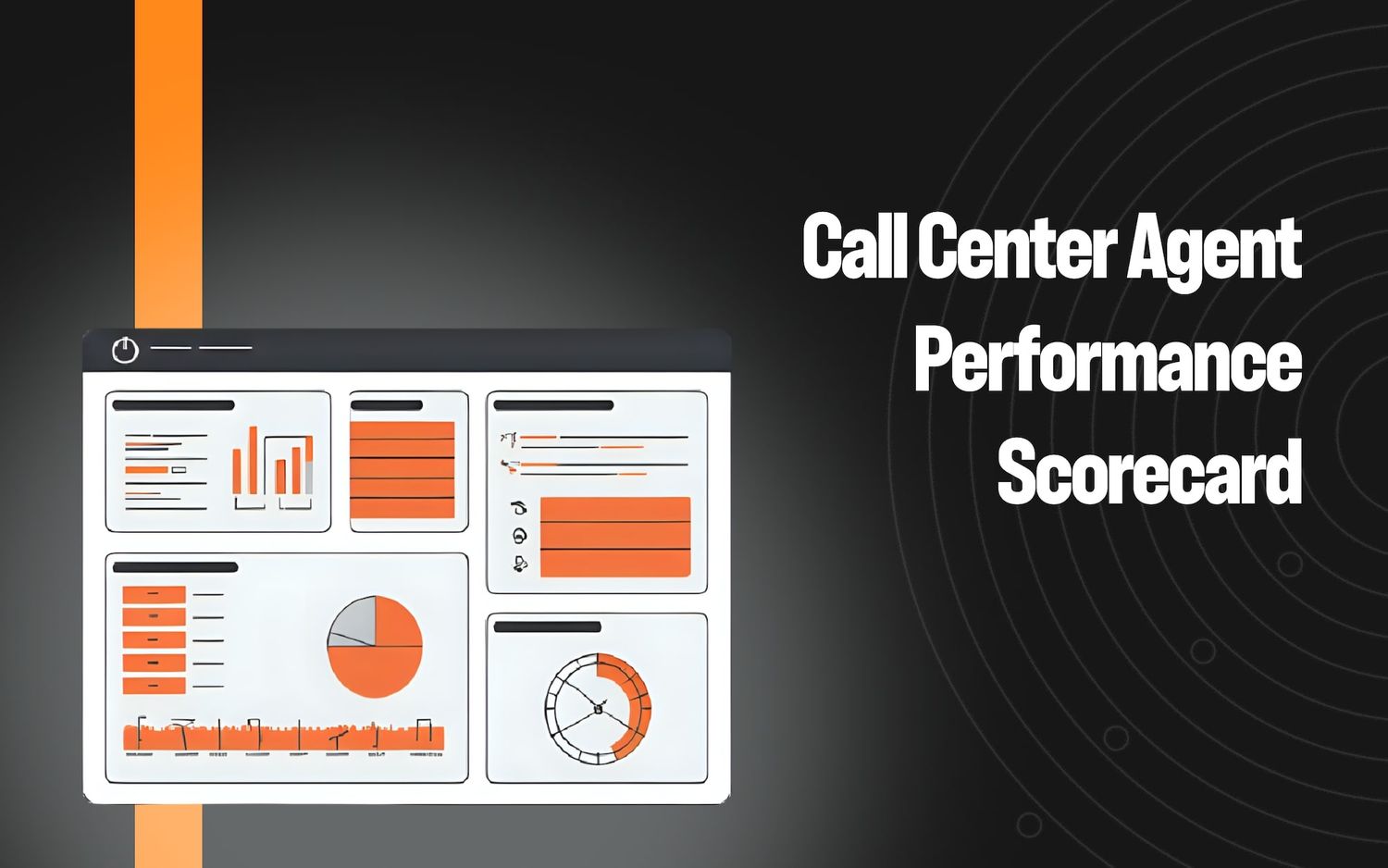Four Questions CX Leaders Should Ask to Evaluate Customer Experience Management Solutions


While business leaders acknowledge the cost of attracting new customers, strategies for retaining existing ones often get sidelined. Lead generation and new market exploration grab the spotlight, leaving customer loyalty languishing in the shadows. This oversight is particularly detrimental in the era of booming SaaS models and fierce e-commerce competition, where retaining and nurturing existing relationships unlocks far greater profit potential than constantly chasing after new ones.
This is where Customer Experience Management (CXM) comes in. By prioritizing CXM tactics, businesses can reap a wealth of benefits: deeper brand loyalty, increased customer lifetime value, reduced churn, and streamlined operations. Investing in CXM is not just a feel-good exercise; it’s a strategic imperative for sustainable growth.
Don’t let customer retention fade into the background. Embrace CXM and watch your business thrive on the foundation of loyal and satisfied customers.
CX teams leverage dedicated Customer Experience Management solutions to unlock a trifecta of success: deeper customer understanding, enhanced employee engagement, and measurable CX impact. Yet, navigating the crowded and often ambiguous landscape of CXM solutions can be a daunting maze. The struggle intensifies when CX leaders, eager for quick results, bypass crucial due diligence and dive headfirst into demos and RFPs.
This blog anchors the discussion on selecting a CXM solution, guiding CX professionals through the selection process with four fundamental questions before committing to a new CXM partner. CX leaders must ask the four key questions to evaluate customer experience management solutions.
Can you get customer feedback without impacting CX? (Without Surveys)
Choosing the right CXM solution hinges on understanding how it gathers customer feedback. Two distinct approaches exist in this customer experience management landscape: the traditional survey-based and the newer Generative AI powered, interaction-based solutions.
Traditional Survey-Based CXM:
- Surveys and Forms: The workhorse of the traditional approach, surveys offer structured questionnaires to gauge customer sentiment. They provide quantifiable data and are familiar to both customers and analysts.
- Limitations: While valuable, surveys often suffer from low response rates and bias. Customers may find them intrusive or irrelevant, impacting the overall CX. Additionally, surveys capture a snapshot in time, failing to capture the dynamic, real-time nuances of customer interactions.
Modern Generative AI-powered CXM:
- Mining Natural Interactions: This innovative approach taps into the rich goldmine of existing customer interactions, such as calls, emails, and chat conversations. Leveraging generative AI, these solutions offer an unbiased and comprehensive view of the customer without compromising on the customer experience.
- Advantages: AI solutions offer real-time, continuous feedback, capturing the full spectrum of customer emotions and experiences. They also minimize customer effort, seamlessly integrating feedback gathering into existing interactions without causing friction.
Annoying the customers with surveys at every touchpoint may have been the mainstay of customer experience teams in the past, but customer service data is an unexplored goldmine of custom information. In the past, it was untenable to go through every interaction with a fine-toothed comb but with advancements in generative AI, it is possible to get customer feedback without compromising on customer experience. We recommend choosing a CXM solution that does just that.
How do you handle unstructured data? (Insights from Comments)
Customer feedback isn’t confined to neat boxes and tidy metrics. The heart of valuable insights often lies within the unstructured data of unfiltered comments, open-ended responses, and spontaneous conversations. Choosing the right CXM solution hinges on its ability to handle this unpolished gem – unstructured data. Here too, two distinct approaches clash: the traditional focus on objective ratings like CSAT and NPS and the new AI-powered approach that delves into the depths of customer language.
Traditional CXM and Objective Ratings:
- Quantification at its Core: Traditional solutions often rely heavily on customer satisfaction (CSAT) scores, Net Promoter Scores (NPS), and other quantitative gauges. While valuable, these ratings offer limited insight into the “why” behind the numbers.
- Lost in Translation: Direct customer comments and open-ended responses are often ignored or relegated to secondary analysis, underestimating their potential for nuanced understanding. This leaves a treasure trove of valuable feedback untapped.
Modern Gen AI powered CXM and Unstructured Data Mining:
- Unlocking the Verbal Vault: Cutting-edge Generative AI powered solutions are equipped to mine the goldmine of unstructured data. Natural language processing and machine learning algorithms extract key themes, identify sentiment, and analyze customer expressions, revealing a deeper understanding of motivations, concerns, and emotions.
- Beyond the Numbers: AI goes beyond quantifying ratings to uncover the qualitative drivers of customer experience. It analyzes the “why” behind the ratings, understanding the underlying drivers of CX and business transformation.
Without gen AI powered customer experience management solutions, performing root cause analysis of customer experience issues required knowing something was wrong to begin with. For many issues, that’s already too late. Once a problem has been identified, getting to the root cause can often involve digging through endless hours of customer service interactions manually. With a modern Gen AI powered CXM solution, you get insights from every customer service interaction proactively identifying customer issues that you may not have been aware of.
Do you deliver actionable insights? (Root cause analysis of issues)
Customer experience isn’t just about collecting feedback data – it’s about transforming that data into actionable insights and sharing it across the organization to drive meaningful change.
Traditional CXM and Data Presentation:
- Metrics Galore: Traditional solutions excel at presenting data. Dashboards overflow with charts, graphs, and customer satisfaction (CSAT) scores, offering a broad overview of customer sentiment.
- Lack of Insights: While informative, this data deluge often lacks actionable guidance. Word clouds of high-frequency keywords and basic trend analysis provide limited direction, leaving CX leaders grappling with the “what” but still searching for the “how.”
- Static Reports: Traditional reports offer snapshots in time from surveys of yesteryear, failing to capture the dynamic nature of customer experiences. This results in reactive rather than proactive solutions, potentially missing emerging issues or customer churn signals.
Modern AI-powered CXM and Actionable Insights:
- Beyond the Surface: Cutting-edge generative AI solutions go beyond data visualization, delving deeper to extract actionable insights from the raw data. They leverage natural language processing and machine learning to identify root causes of customer concerns, pinpoint key themes in every conversation, and provide tailored recommendations for improvement.
- Root Cause Analysis: AI doesn’t just tell you what customers are saying; it tells you why. By identifying the underlying reasons behind dissatisfaction or positive experiences, AI empowers you to address issues at their core, leading to sustainable improvements in CX.
- Democratising VoC: The best CXM solutions also come with persona specific and actionable dashboards that bring the Voice of the Customer along with drivers of negative sentiment, areas of coaching, and business improvement.
In conclusion, choosing the right CXM solution in today’s data-driven world requires a focus on actionable insights. Don’t get lost in the data deluge – empower your CX team with AI-powered insights that illuminate the “why” behind customer behavior and provide clear, actionable steps for continuous improvement. This is the key to unlocking the true potential of your customer data and transforming it into a powerful engine for growth and exceptional customer experiences.
Can you demonstrate ROI? (Link CX metrics to Financial metrics)
Implementing a CXM solution is a strategic investment. But without clear alignment between financial and customer experience (CX) goals, measuring its impact on both becomes a frustratingly elusive task. Setting these goals in tandem sets the stage for demonstrable ROI and a thriving CX program.
Customer experience management solutions can bring ROI by reducing costs and increasing revenue in a few ways.
Unveiling Hidden Savings:
A robust CXM solution unlocks significant cost-saving opportunities through:
- Automatic Insight Mining: Traditional customer research can be expensive and time-consuming. AI-powered CXM automates the process, mining valuable insights from existing customer interactions, like calls and emails. This reduces the need for dedicated research resources, leading to immediate cost savings.
- Proactive Issue Identification: By analyzing customer sentiment and patterns in real-time, CXM solutions can predict potential issues and moments of friction before they escalate. This proactive approach helps prevent customer churn, saving valuable revenue and reducing the costs associated with customer service interventions.
- Avoid costly investments: By focusing on the Voice of the Customer, organizations can avoid making investments into projects that don’t move the CX needle.
Boosting the Revenue Engine:
Beyond cost reduction, CXM also fuels revenue growth through:
- Understand drivers of loyalty: CXM solutions help companies connect with the customers and understand loyalty by understanding the connections between CX and business outcomes.
- Upsell and Cross-sell Opportunities: Understanding customer needs and behavior allows you to identify potential upsell and cross-sell opportunities. CXM solutions can recommend relevant products and services to customers based on their purchase history and preferences, driving further revenue growth.
For a demonstration of how customer experience management can deliver ROI for your company, schedule a demo today!
Keep reading
View all





